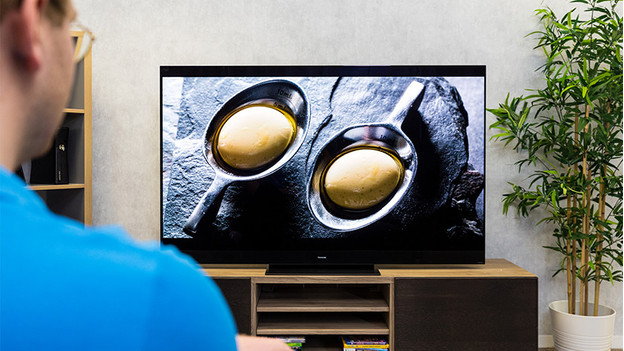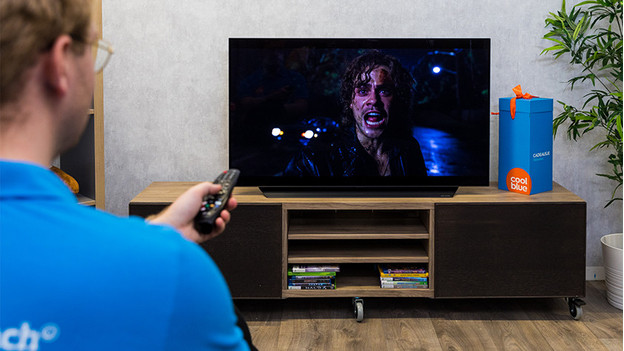
OLED in understandable language
What is OLED?
An Organic Light Emitting Diode, also know as OLED, is a small light. What makes OLED special is that it's made of an organic material. If power is sent through the organic material, the OLED lights up. By adjusting the color filter, the lamp will become a different color, like red, green, blue, or white. Four OLED lights form 1 image pixel. By printing millions of image pixels on a rectangular poster, you can create a screen that displays moving images.
What are the advantages of an OLED television?

A television with an OLED screen operates each light individually. That means the TV builds up the screen carefully. Every image pixel only shows the color it needs to to display the right image. The television also varies the light intensity. By disabling or barely turning on the pixels, you can create a perfect black image. As a result, the contrast ratio, the difference between the brightest light and the deepest black, is very big. That means the image looks realistic and lifelike. It also means that the colors really pop.
How will I notice the OLED technique?

You can enjoy the advantages of the OLED techniques with everything you watch. The thing that stands out most is the way movies and series are displayed. Darken the room, turn on a thriller or adventure movie, and be amazed by the details on the screen. Even in the darkest shadows, you'll still see every detail, thanks to the perfect black of the OLED screen. An advantage of this technique is that you also have large image angles. You have the same image quality from every place in the room. The image won't get worse if you look at the TV at an angle.


